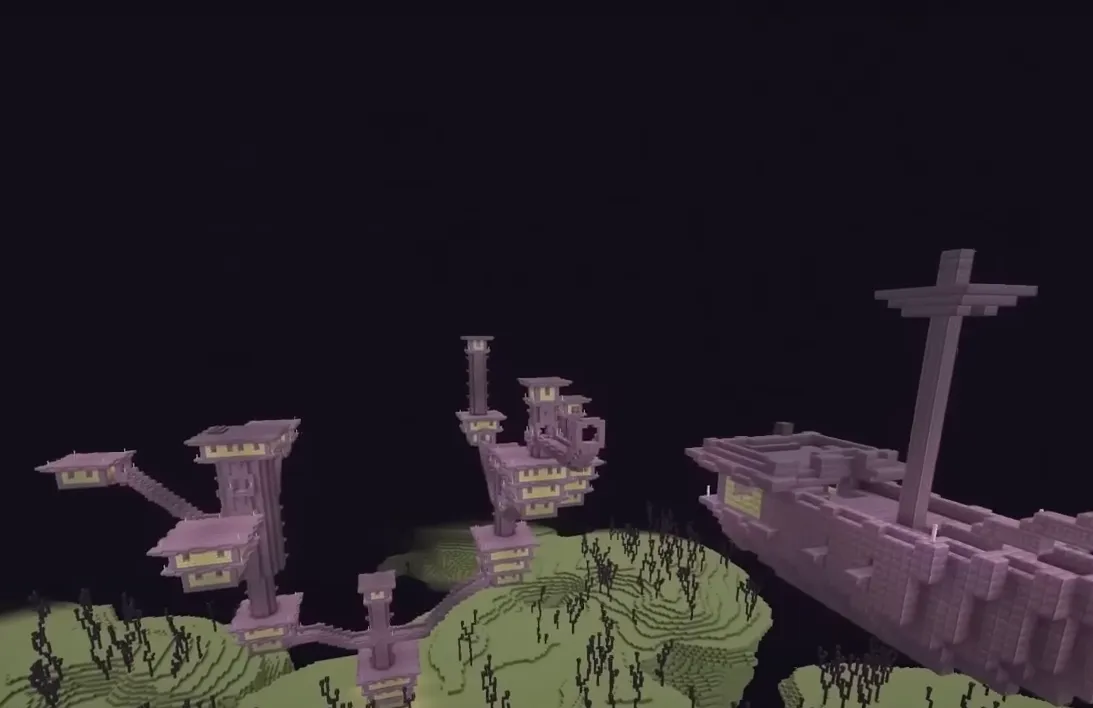Set your render distance high and travel in a straight cardinal line across the outer End islands to reveal End Cities faster. End Cities spawn on larger islands and follow a repeating grid pattern, so aligning your route to that grid cuts down aimless wandering.
End Cities generate on the End’s outer islands, typically on big landmasses where chorus plants grow. On Java, they appear in the End Highlands and End Midlands biomes; on Bedrock they appear on the large outer islands of The End biome. Not every city has a ship (the only source of elytra), so expect to check several. According to the Minecraft Wiki (End City), city locations follow a 20-chunk grid: they can only appear in 9-chunk-wide “bands” that repeat every 20 chunks (320 blocks) along both X and Z.
Preparation checklist
Bring supplies that keep you moving safely and simplify backtracking.
- 16–32 ender pearls for gap crossing and gateway portals.
- Many stacks of blocks (light, cheap options like netherrack are fine).
- Food, a bow or crossbow, and a shield for shulkers.
- Slow Falling and Healing potions (optional but very helpful).
- Ender chest plus a silk touch pickaxe to secure loot and elytra.
- Spyglass to spot cities at long range.
- Water bucket for clutch saves and swimming into end gateways.
Method 1: Grid‑aware cardinal sweep (fastest consistent approach)
Why this works: Cities can only spawn inside 9‑chunk bands that repeat every 320 blocks on both axes. Traveling straight north/south or east/west while staying inside one eligible band on one axis lets you pass every possible cell on the other axis.
Step 1: Enter the outer End via an end gateway. Throw an ender pearl through the 1×1 portal, or water-climb into it if you prefer not to pearl.
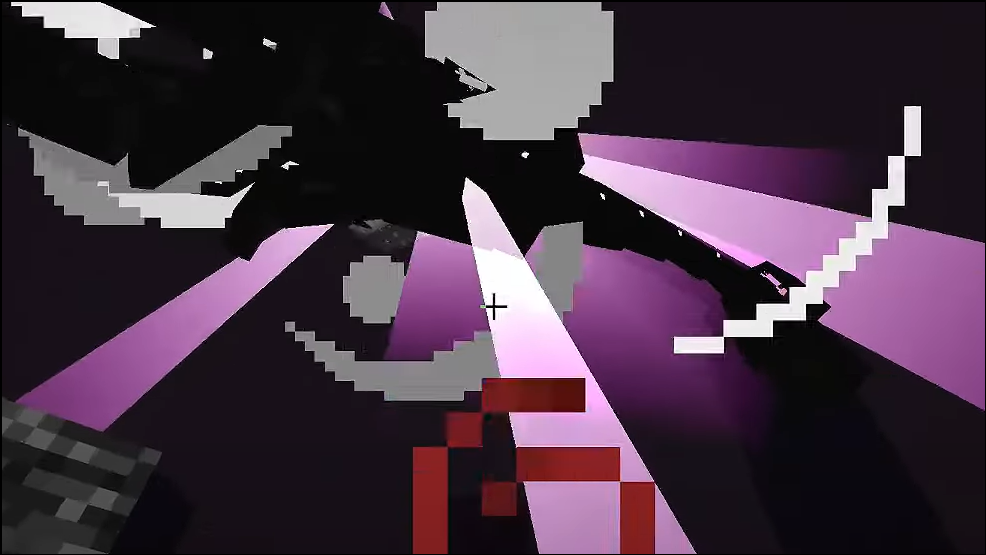
Step 2: Raise render distance as high as your device can handle (24–32 chunks is ideal). Higher render distance exposes cities earlier, reducing detours.
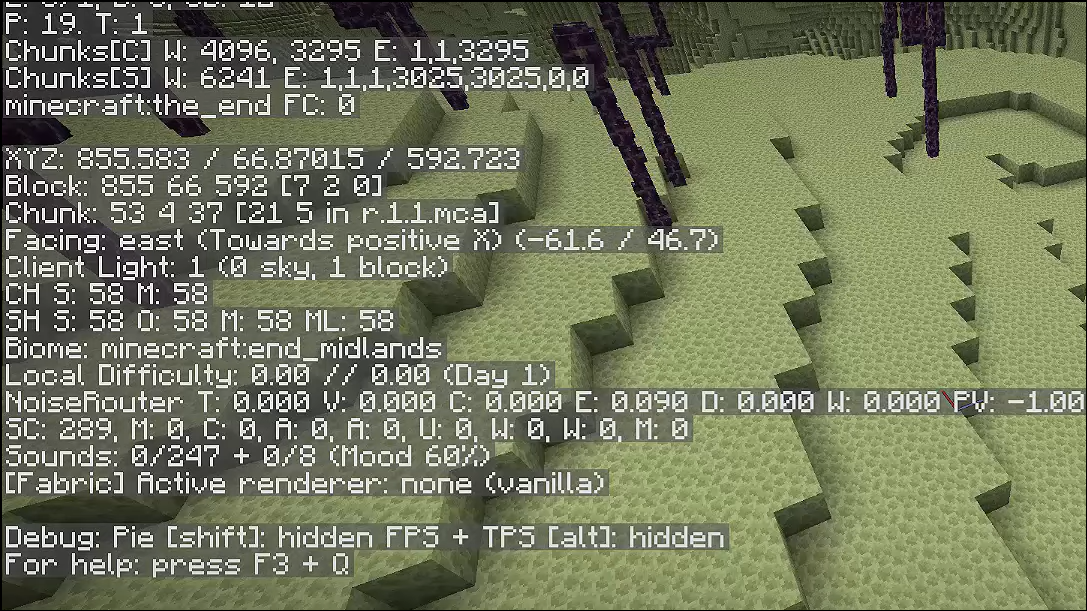
Step 3: Pick a cardinal direction (N/S/E/W) that heads away from the main island (0, 0). Hold a straight line to avoid zig-zag paths that waste time.
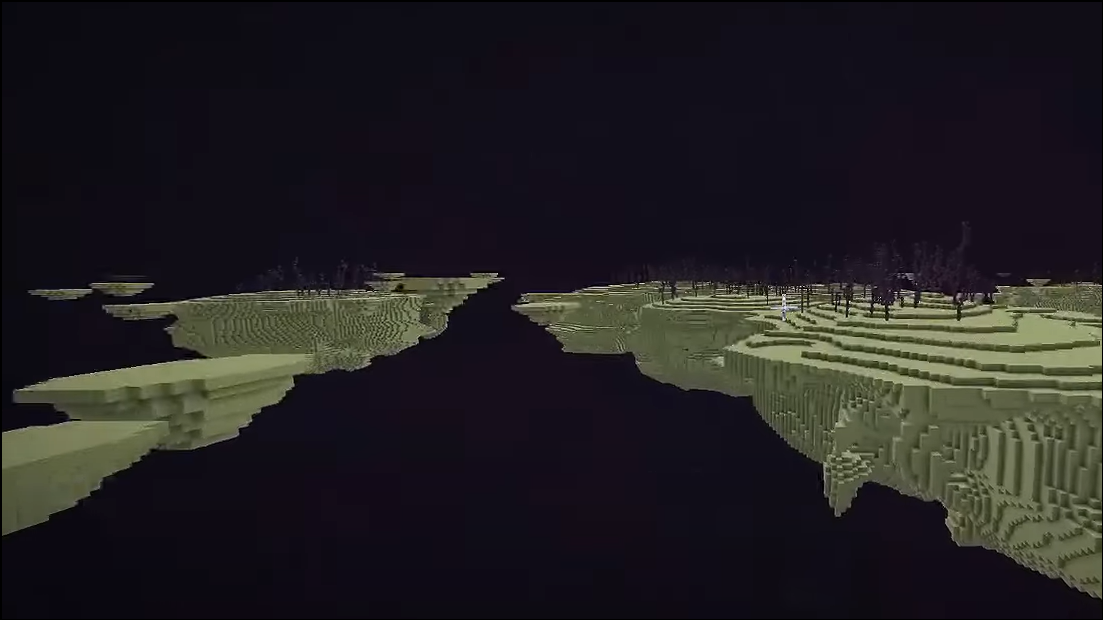
Step 4: Favor big islands and keep moving. Bridge short gaps; pearl across longer ones. Larger landmasses are the only places cities appear.
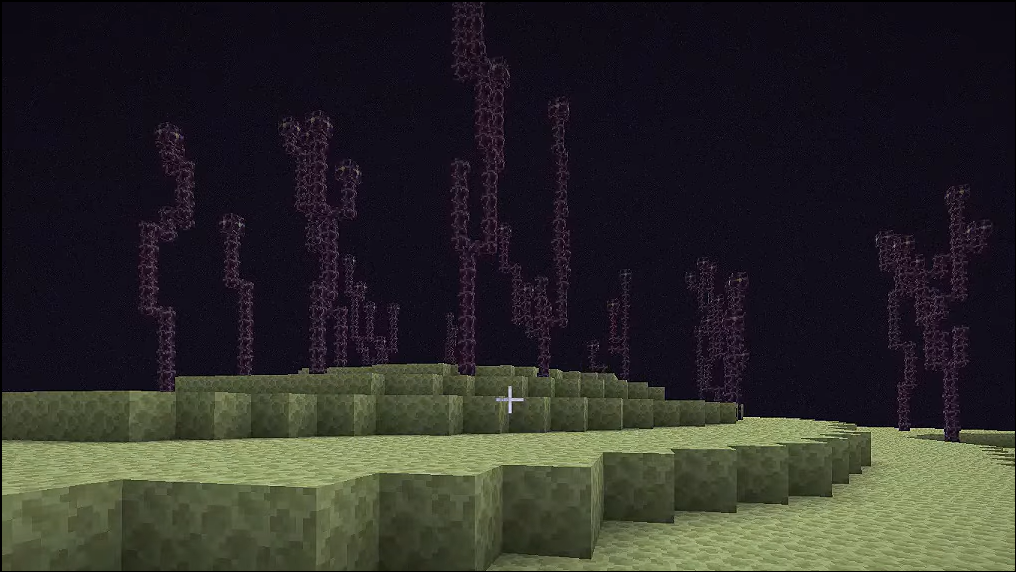
Step 5: Stop briefly on high ground and scan 360° with a spyglass. Towers are tall silhouettes; spotting them early avoids unnecessary bridging.
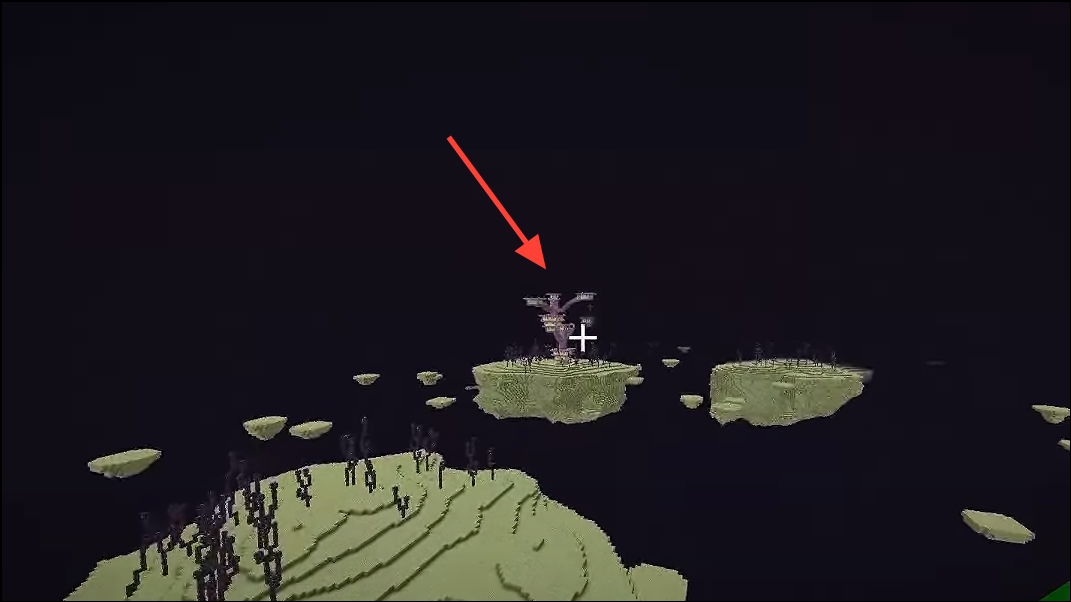
Step 6: After clearing a city, continue in the same line. Straight routes cross more potential grid cells per minute than random wandering.
Step 7: If you go several minutes without seeing a city, shift over by ~320 blocks on the X or Z axis to align with the next band and repeat the sweep.
Method 2: Coordinate‑based grid targeting (precise but slightly technical)
What to know: End Cities only occur where both chunkX and chunkZ lie in ranges 0–8, 20–28, 40–48, … (i.e., 9-chunk windows repeating every 20 chunks). In blocks, that’s 144‑block windows repeating every 320 blocks.
Step 1: Choose an X line near the middle of an eligible band, for example X ≈ 320·n + 72. This positions you inside a valid X window.
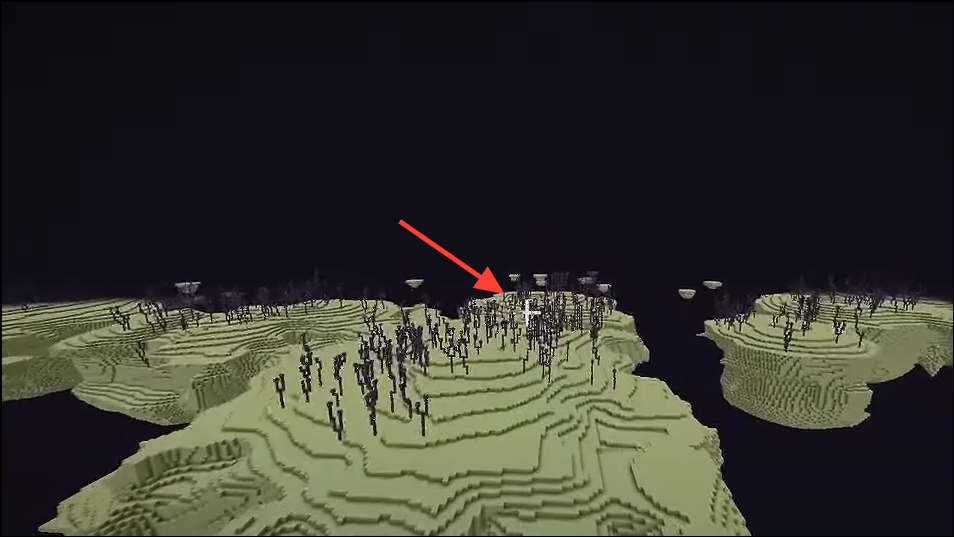
Step 2: Walk north or south along that constant X. Each time your Z passes through an eligible 144‑block window (they repeat every 320 blocks), you’re crossing a potential city cell.
Step 3: If nothing shows after several cells, nudge your X by 320 blocks to the next band and continue. Repeat until you locate a city.
F3+G to better judge the 20‑chunk rhythm. This is optional; the 320‑block spacing alone is usually enough.Method 3: High‑perch scanning (low math, hardware dependent)
Step 1: Build to a safe height above island tops (e.g., Y≈140–180). Elevation reduces terrain blocking your sightlines.
Step 2: Set render distance to your maximum stable value. Slowly rotate 360° using a spyglass to look for city towers or ships.
Step 3: Move ~400–600 blocks along a cardinal direction and repeat the scan. This “scan, move, scan” loop quickly covers large areas.
Method 4: Open new entry points (more end gateways)
Why this helps: Each time you respawn and defeat the Ender Dragon, a new end gateway appears around the main island’s rim. Different gateways drop you in different parts of the outer islands, which can put you closer to city clusters.
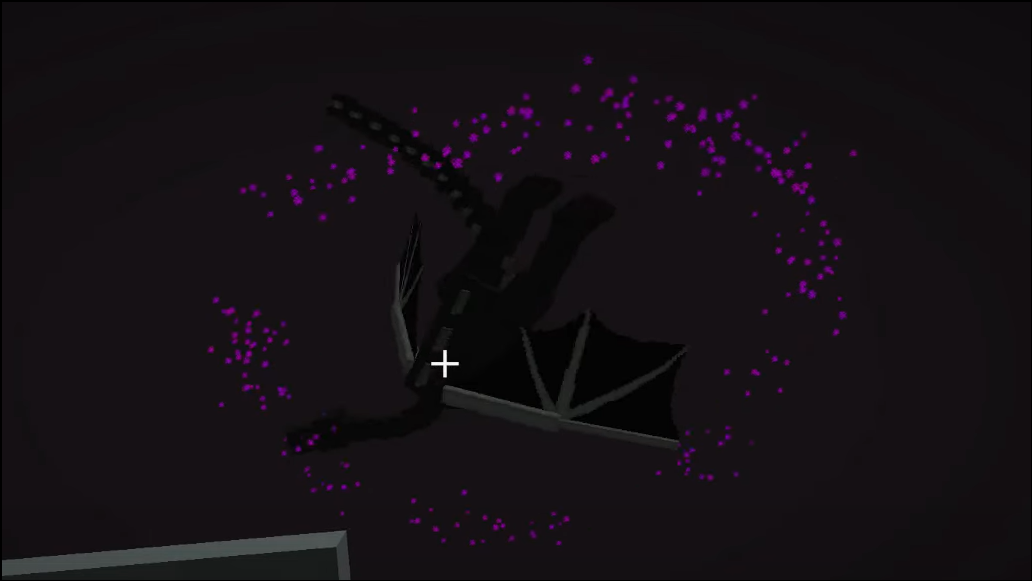
Step 1: Respawn the dragon with four end crystals on the exit portal bedrock. This consumes ghast tears, eyes of ender, and glass.
Step 2: Defeat the dragon to spawn another gateway. Use different gateways on subsequent trips to sample new regions of the outer End.
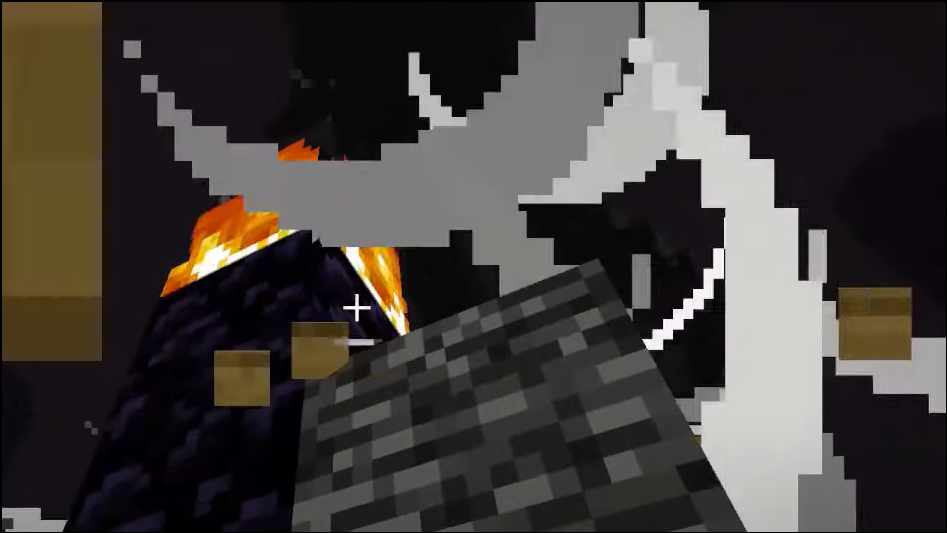
Method 5: Commands and tools (server- or rules-permitting)
Step 1: Use the locate command to get coordinates of the nearest city if cheats are allowed. On current versions: /locate structure end_city.
Step 2: Seed viewers (e.g., web tools) can map city positions from your world seed. Only use these if they fit your server or personal rules.
Finding ships and elytra: manage expectations
Only some End Cities spawn with a ship. As documented on the wiki, each direction from certain city towers can form a bridge, and each of those bridges has a modest chance (1 in 8) to generate a ship. The result: many cities have no ship; large multi‑tower cities tend to have better odds because they can roll more bridges. Plan to check several cities before you find Elytra.
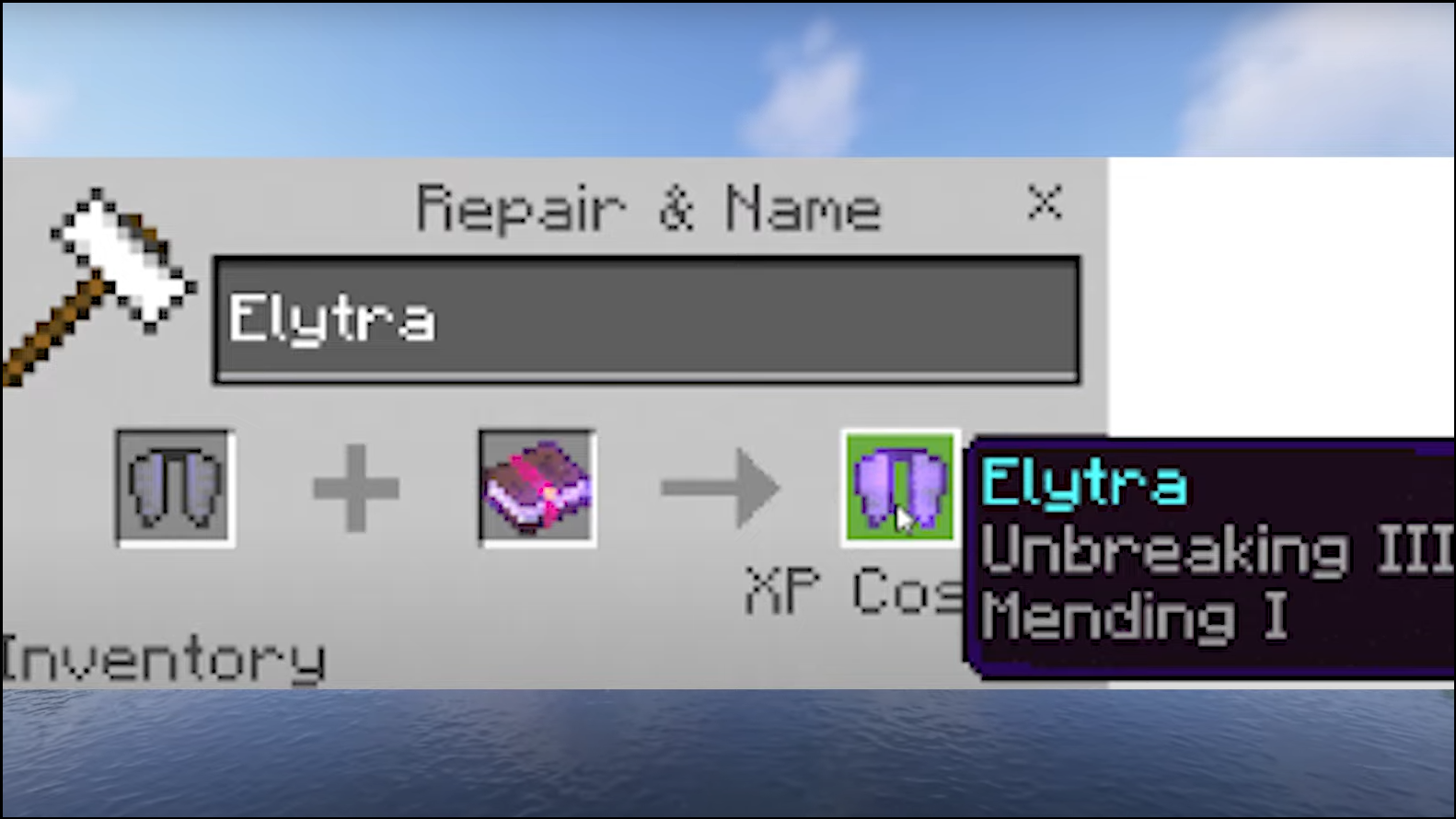
Navigation and safety tips
- Mark your trail with bright blocks every 30–60 blocks. This speeds your return without a map.
- Use ender pearls for the 1×1 end gateway on both entry and exit. A water stream also lets you swim into the portal safely.
- Deposit valuables in an ender chest before risky crossings. If you fall, your items remain retrievable from any ender chest.
- If stuck far out, flying or walking toward
(0, 0)takes you back toward the main island area where gateways sit.
Quick reference: where End Cities spawn
Per the Minecraft Wiki’s generation details, End Cities:
- Appear on larger outer islands (look for chorus plants and flatter terrain).
- Follow a repeating 20‑chunk grid; valid chunks are in 9‑chunk windows (0–8, 20–28, …) on both axes.
- May cluster or be very sparse; it’s normal to travel thousands of blocks between cities.
Travel straight, scan from elevation, and shift by 320‑block increments when a stretch feels “dry.” With a grid‑aware route and solid supplies, you’ll reach your first ship and elytra much sooner.

